| Columns Retired Columns & Blogs |
Measuring Loudspeakers, Part Two Page 3
Fig.11 shows a good step response produced by a time-coherent, three-way loudspeaker, with the outputs of the three drive-units adding in-phase at the microphone position. There are not that many speakers that produce this good a step response. Of the speakers I have measured for Stereophile, only about 10—models from Quad, Thiel, Dunlavy, Spica, and Vandersteen—have step responses this good.
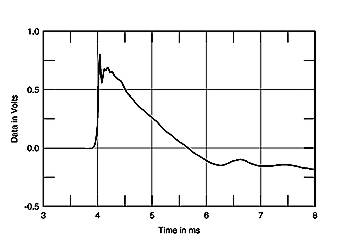
Fig.11 Good loudspeaker step response.
Fig.12 shows a more typical step response, again of a three-way loudspeaker. This time there are actually three step responses apparent in the graph: a narrow, positive-going step response from the tweeter; the next, negative-going step is the midrange unit (as will be seen, it's connected with opposite polarity to the tweeter); with finally a slow, wide positive pulse from the woofer. To confirm this analysis, figs.13, 14, & 15 show the step response of the three units, measured individually. The tweeter's and woofer's step responses (figs.13 & 15) initially depart from the time axis in the positive direction, meaning that both units are electrically connected with positive absolute polarity: a positive electrical voltage results in a positive acoustic pressure. However, the midrange unit's step response (fig.14) initially moves away from the time axis in the negative direction, showing that this drive-unit is electrically connected in inverted absolute polarity.
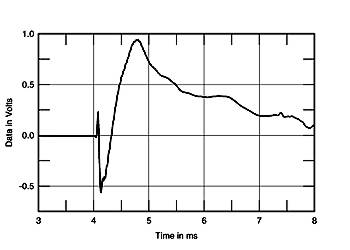
Fig.12 Step response calculated from the time information in fig.9.
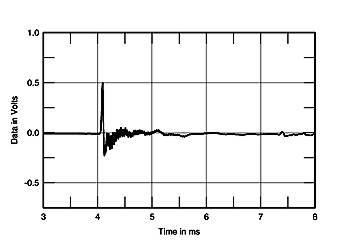
Fig.13 Tweeter step response from fig.12.
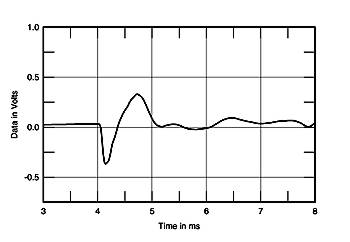
Fig.14 Midrange unit step response from fig.12.
Note that the woofer's step response (fig.15) features a very slow risetime as well as a slow decay. Many audiophiles talk about a loudspeaker having a "fast woofer." Fig.15 reveals that there can be no such thing. A woofer's risetime is dominated by the crossover low-pass filter, which discards the high-frequency information associated with a quick move away from the time axis. A "fast woofer" is therefore an oxymoron. However, I believe that when people talk about "fast woofers," what they're really referring to is after-the-event behavior associated with the Q or "Quality Factor" of the speaker system's low-frequency tuning. Does the woofer stop quickly after the exciting signal has passed? Or does it keep moving, adding low-frequency ringing—"boom"—to the speaker's sound?
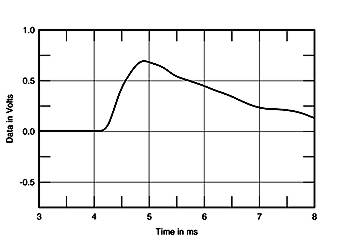
Fig.15 Woofer step response from fig.12.
It appears that the designer of the speaker featured in these four graphs has chosen to use high-order crossover filters of some kind, which necessarily introduce significant (180 degrees or greater) phase shift in the crossover region. To this must be added the phase shift due to the time delay between the units, and the additional 180 degrees phase shift due to the inversion of the midrange's electrical polarity. The result is an on-axis amplitude response in which the drive-units add in-phase to give (we hope) a flat response. The tradeoff is that the system's time coherence is sacrificed.
Many loudspeakers are claimed by their manufacturers' marketing departments to be time-coherent. There are also a number of speakers that have sloped front baffles, implying that they are time-coherent. However, its step response immediately gives you an indication of whether or not a loudspeaker is time-coherent (on the chosen measurement axis). And almost all loudspeakers are not. Along with false claims of high sensitivity, false claims of time coherence are among the commonest lies in high-end audio.
- Log in or register to post comments




































